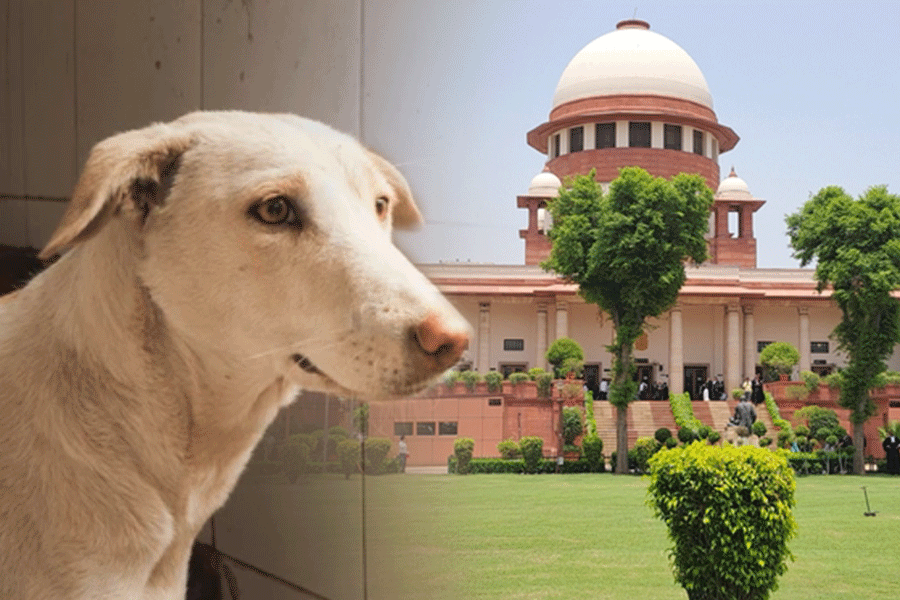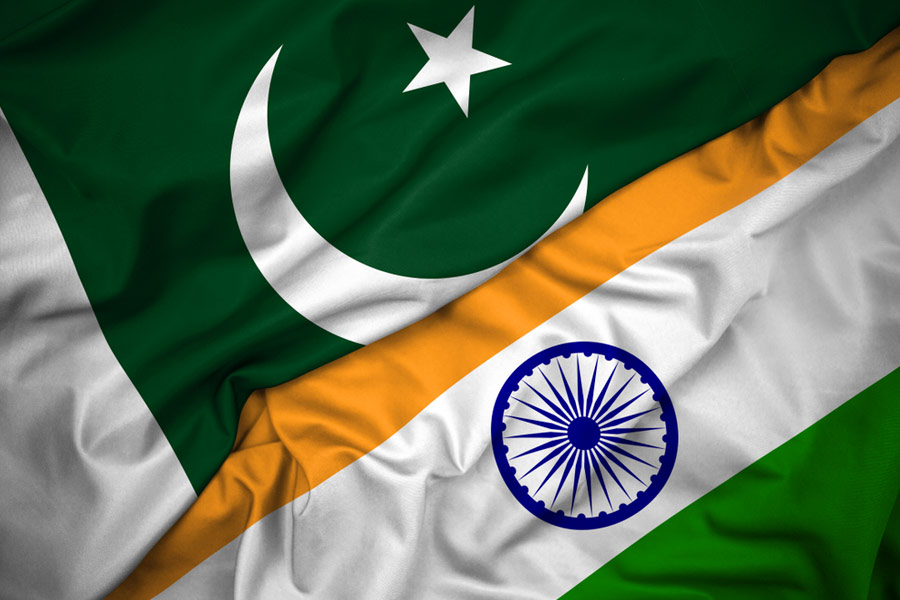After removing the micro-vegetation, the rock surfaces are treated with chemicals such as ethyl silicate and other silica-based chemical compounds that help strengthen the rocks. Once treated, the rocks become stronger and can repel water. Water is the major cause for decay of the rocks in monuments.
Gupta said ASI had invested around Rs 27 lakh for the chemical treatment of the ancient monuments in 2012-13. For 2013-14, it has set aside Rs 35 lakh for the process.
Sources said the main parts of Jagannath temple (Jagmohan and Lion’s Gate) would also be chemically treated this year. The work for Konark was cleared several years ago, but could not start. Now, the cleaning work is to be executed on the pidha or top of the temple. Chemical treatment at Konark will start by the third week of May. The scaffolding has already been readied.
“We will need more money for the treatment of the entire Sun temple. Once work starts, there will be no difficulty in getting funds from the director general’s office,” Gupta said.
The science division of ASI under its Bhubaneswar Circle includes three assistant archaeological chemists and one assistant superintending analytical chemist working under a deputy superintending archaeologist. Those who work on the chemical treatment are hired on contract basis.










